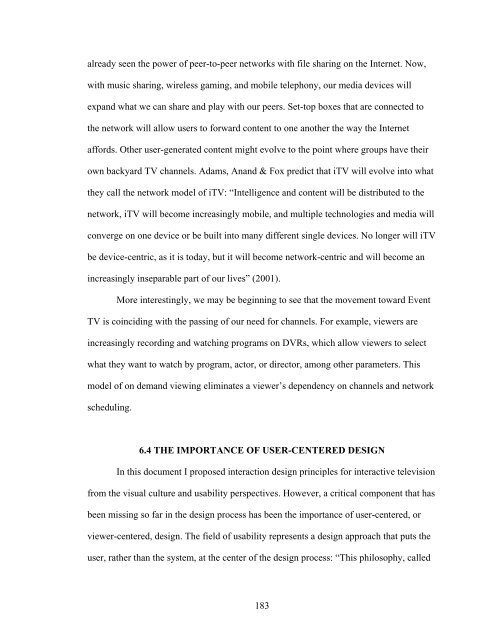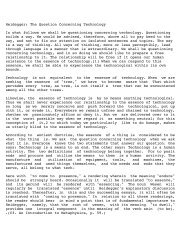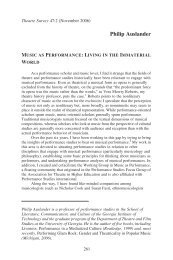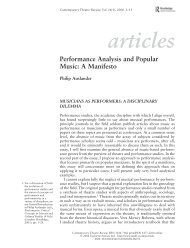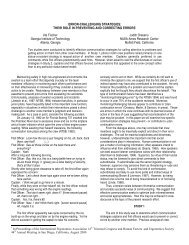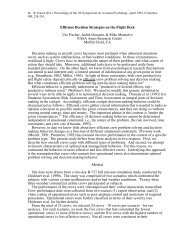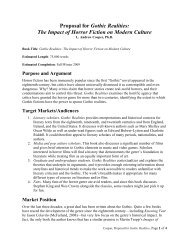INTERACTION DESIGN PRINCIPLES FOR INTERACTIVE ...
INTERACTION DESIGN PRINCIPLES FOR INTERACTIVE ...
INTERACTION DESIGN PRINCIPLES FOR INTERACTIVE ...
Create successful ePaper yourself
Turn your PDF publications into a flip-book with our unique Google optimized e-Paper software.
already seen the power of peer-to-peer networks with file sharing on the Internet. Now,<br />
with music sharing, wireless gaming, and mobile telephony, our media devices will<br />
expand what we can share and play with our peers. Set-top boxes that are connected to<br />
the network will allow users to forward content to one another the way the Internet<br />
affords. Other user-generated content might evolve to the point where groups have their<br />
own backyard TV channels. Adams, Anand & Fox predict that iTV will evolve into what<br />
they call the network model of iTV: “Intelligence and content will be distributed to the<br />
network, iTV will become increasingly mobile, and multiple technologies and media will<br />
converge on one device or be built into many different single devices. No longer will iTV<br />
be device-centric, as it is today, but it will become network-centric and will become an<br />
increasingly inseparable part of our lives” (2001).<br />
More interestingly, we may be beginning to see that the movement toward Event<br />
TV is coinciding with the passing of our need for channels. For example, viewers are<br />
increasingly recording and watching programs on DVRs, which allow viewers to select<br />
what they want to watch by program, actor, or director, among other parameters. This<br />
model of on demand viewing eliminates a viewer’s dependency on channels and network<br />
scheduling.<br />
6.4 THE IMPORTANCE OF USER-CENTERED <strong>DESIGN</strong><br />
In this document I proposed interaction design principles for interactive television<br />
from the visual culture and usability perspectives. However, a critical component that has<br />
been missing so far in the design process has been the importance of user-centered, or<br />
viewer-centered, design. The field of usability represents a design approach that puts the<br />
user, rather than the system, at the center of the design process: “This philosophy, called<br />
183


